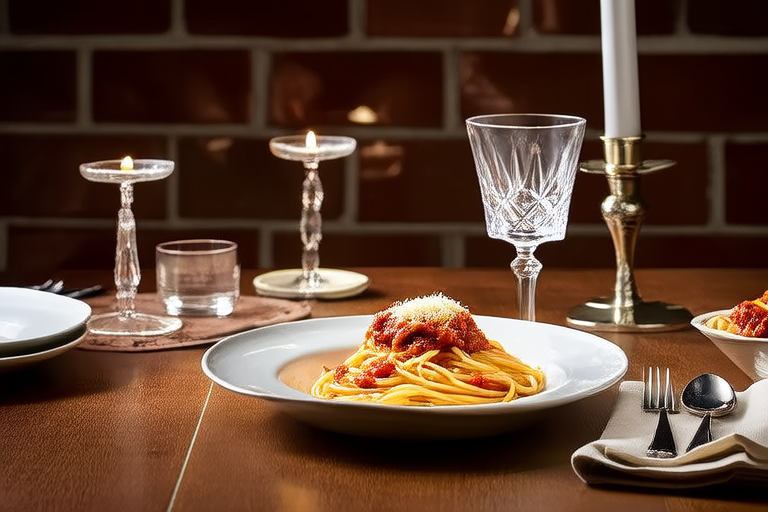From Forks to Feasts: Understanding Dining Customs in Different Cultures

“`html
From Forks to Feasts: Understanding Dining Customs in Different Cultures
Introduction
Dining customs play a significant role in shaping our interactions and social norms. They are often deeply rooted in cultural values, traditions, and social hierarchies, reflecting the unique identities of various societies around the world. Whether it’s the way we sit at the table, the utensils we use, or the foods we share, these customs offer insights into the broader context of human behavior and societal structures. This article aims to explore the diverse dining practices across different regions, shedding light on the etiquette, meal structures, and cultural nuances that define our culinary experiences.
Table Manners and Etiquette
In Western cultures, such as North America and Europe, table manners are often formalized and taught from an early age. For instance, in formal settings, it is customary to wait for everyone to be served before beginning to eat. Using utensils correctly, such as holding the fork in the left hand and the knife in the right, is also emphasized. In contrast, informal gatherings may allow for more relaxed rules, where the focus is on enjoying the company rather than adhering strictly to etiquette.
Eastern cultures, particularly in Asia and the Middle East, have their own set of dining etiquettes. In Japan, for example, it is considered polite to slurp noodles as it shows appreciation for the meal. In China, placing chopsticks upright in a bowl of rice is avoided as it symbolizes death. The Middle East, on the other hand, often emphasizes the communal aspect of dining, with shared platters and family-style service being common.
Meal Structure and Timing
The timing and structure of meals vary widely across the globe. In many European countries, breakfast is typically a light meal consisting of coffee, bread, and pastries. Lunch, on the other hand, is often the main meal of the day, especially in Mediterranean countries like Italy and Spain. Dinner tends to be lighter and consumed earlier in the evening.
Other regions have unique meal patterns. In the United Kingdom, afternoon tea is a cherished tradition, offering a midday break with sandwiches, scones, and pastries. In the United States, brunch has become a popular weekend ritual, combining elements of both breakfast and lunch. Some cultures prefer multiple small meals throughout the day, such as in Japan, where snacks called “omiyage” are common between meals.
Food Presentation and Sharing
The presentation of food is a crucial aspect of dining in many cultures. In French cuisine, for example, plating is an art form, with each dish meticulously arranged to enhance both taste and visual appeal. In contrast, Indian cuisine often features vibrant colors and aromatic spices, creating a feast for both the eyes and the palate.
Communal dining is prevalent in many societies, encouraging sharing and interaction. In Ethiopia, injera, a sourdough flatbread, is used to scoop up various stews and vegetables, fostering a sense of community. In some Middle Eastern countries, meze platters are shared among diners, promoting conversation and bonding. While sharing is common in many cultures, there are also dishes that are traditionally served individually, such as sushi in Japan or pasta in Italy.
Utensils and Eating Tools
The choice of utensils varies greatly depending on the region. In Western countries, forks, knives, and spoons are standard, while in Asian countries, chopsticks are commonly used. In some parts of Africa and the Middle East, hands are used to eat, particularly when consuming dishes like doro wat in Ethiopia or biryani in Pakistan.
Unique eating tools are also found in certain regions. In Japan, skewers are used for yakitori, while in Thailand, a spoon and fork combination is typical. The etiquette surrounding these utensils is equally important. For example, in China, it is impolite to point at someone with chopsticks, and in Japan, it is customary to place them on a chopstick rest.
Beverages and Tableside Rituals
Beverages play a vital role in many dining experiences. Tea, coffee, wine, and beer are staples in numerous cultures. In England, tea is often accompanied by biscuits and enjoyed in the afternoon. In Italy, espresso is a quick pick-me-up, while in France, wine is integral to meals, with specific pairings for different courses.
Some cultures have elaborate rituals surrounding beverages. In Japan, the tea ceremony is a revered practice, emphasizing mindfulness and harmony. In Mexico, aguas frescas are refreshing drinks made from fruits and served in large pitchers. These rituals not only enhance the dining experience but also serve as a means of cultural expression.
Conclusion
Understanding dining customs across different cultures offers valuable insights into the social and cultural fabric of various societies. By embracing the diversity of global dining practices, we can foster greater cross-cultural communication and appreciation. Whether it’s learning to use chopsticks in China or savoring afternoon tea in the UK, each dining experience provides a window into the rich tapestry of human culture. Let us continue to explore and celebrate these differences, enriching our lives and deepening our connections with others.
“`